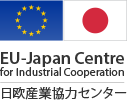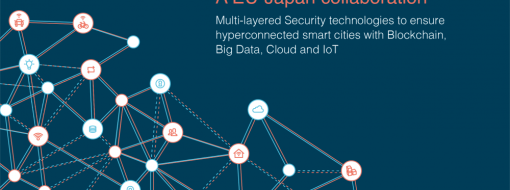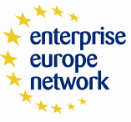
M-Sec White Paper

How can the solution offered by M-Sec, an EU-Japan collaborative project, help solve current IoT security issues in hyper-connected smart cities?
M-Sec released a White Paper that acts as a guide to inform readers about the main IoT security issues faced nowadays and proposes concrete solutions to these problems.
According to this report, "combating cyber-security risks has grown in importance with the evolution of the digital economy", as the number of devices or "things" connected to the Internet continues to grow and increasingly impact people's lives. Cyber-security vulnerabilities and impacts – such as cyber-attacks – are thus expected to continue to grow and are even "anticipated to spill out of cyber spaces and affect the real world", such as data fraud and critical information infrastructure breakdowns.
So, how can the M-Sec specification and overall architecture present itself as a viable solution for this problem? Through a comprehensive research made in the scope of two smart cities – Santander, in Spain, and Fujisawa, in Japan, the M-Sec aim is to "provide a low-cost and flexible end-to-end secure IoT framework" that, building on the security problems of similar IoT infrastructures in modern smart cities, is able to facilitate a more secure (and less vulnerable) "exchange between data from IoT devices to remote distributed entities in the cloud" in a "fully integrated manner". The M-Sec architecture is based on the development of different hardware and software components that intend to increase the level of security in the way IoT stakeholders – local and municipal governments, citizens, researchers, entrepreneurs and businesses – interact and exchange information between each other in a hyper-connected smart city.
Another feature that distinguishes M-Sec is the fact that the solution developed is compatible with the transfer and processing of personal data between the European Union and Japan, thus ensuring, not only the safety, but also regulation compliance of data transfer between cities in both geographical areas.
But how will the M-Sec architecture work? Another important goal of the M-Sec project is to validate the research conducted by developing a viable business model for its innovative solution. The M-Sec will "define and implement a novel marketplace were smart objects can exchange information and services through the use of virtual currencies allowing real-time matching of supply and demand".
Want to know more about how the solution offered by the M-Sec project can help solve the security challenges faced by the IoT market?








